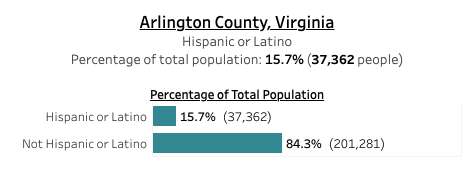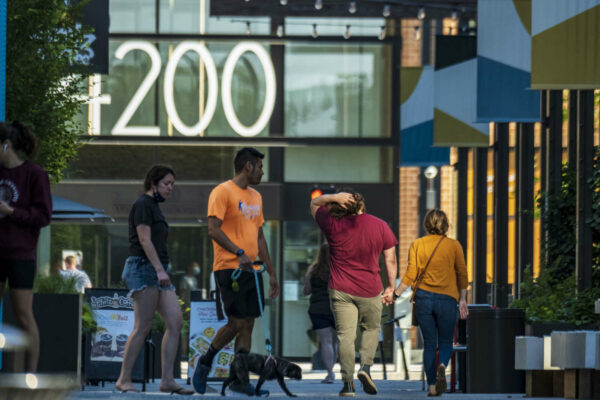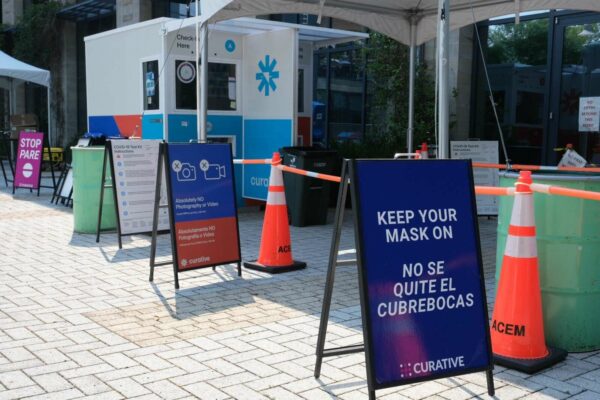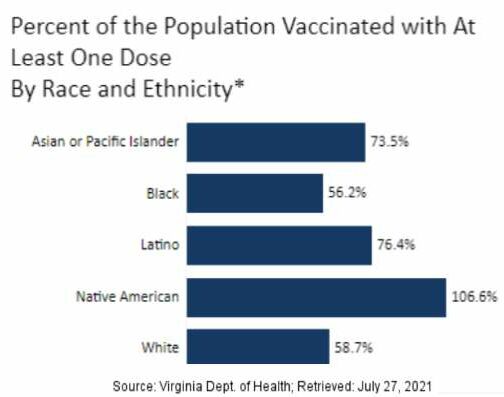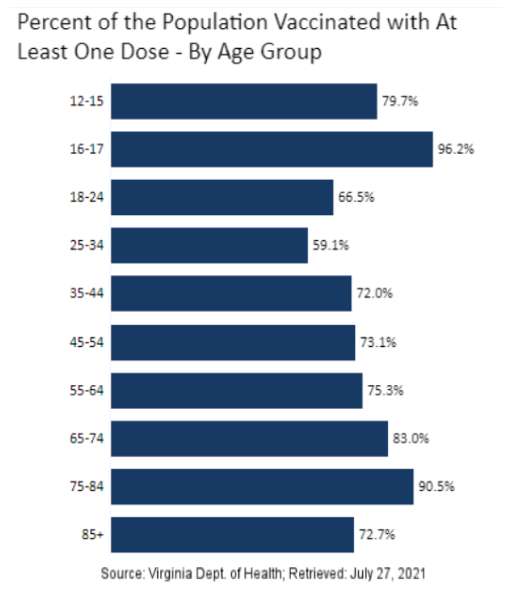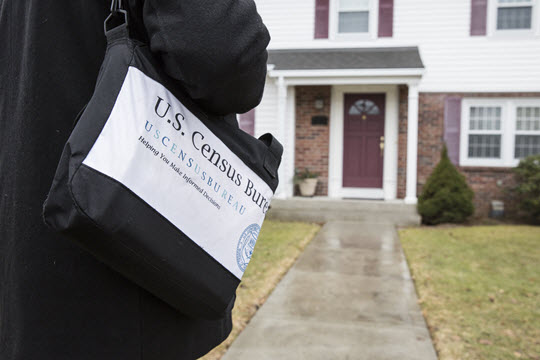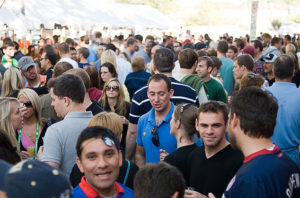Arlington is denser and more diverse than it was 10 years ago, according to recently-released 2020 Census data.
The population living within the county’s 26 square miles now sits at 238,643 — a 14.9% increase over 2010, when 207,627 people called Arlington home. That outpaced the rate of population growth for Virginia and the U.S. as a whole, at 7.9% and 7.4%, respectively.
Meanwhile, the county is more diverse today than it was a decade ago: Arlington’s white population declined by 3,677 people, while the number of Hispanic or Latino, Black, Asian, multiracial and indigenous people all increased. That decade-long change reflects a similar change occurring across the nation that was the subject of a flurry of reports last week.
Now that the data is in, county staff will be reviewing the numbers to see what they mean for Arlington, said Bryna Helfer, the assistant county manager for communications and public engagement. Census data helps the county plan for future needs and services, such as emergency services, schools and transportation, while the federal government uses the demographic information to apportion funding to localities.
“Arlington’s team of demographers in Community Planning and Housing Development will be taking time over the coming weeks and months to learn more about the 2020 Census Data and what it means for Arlington,” Helfer said. “We want to thank the entire community for their participation in the 2020 Census.”
Arlington is the eighth most-populous jurisdiction within the Commonwealth, but among counties in Northern Virginia, Arlington has the smallest population, behind Fairfax, Prince William and Loudoun counties. It is growing faster than Fairfax County and D.C. but slower than Loudoun and Prince William counties.
Today the @uscensusbureau released population data.
Alexandria’s population is 159,467 and grew 13.9% over the decade
VA up 7.9%
Loudoun up 34.8%
Prince William up 20%
Arlington up 14.9%
Fairfax County up 6.3%
DC up 14.6%
Montgomery County up 9.3%
Prince George's up 12%— Justin Wilson (@justindotnet) August 12, 2021
Much of Arlington’s growth appears to be concentrated in Metro corridors — part of the county’s goal of “smart growth” around transit areas.
One census tract within Ballston appears to have the highest density not only in Arlington, but in the D.C. area, attaining a population density similar to parts of New York City. It comes in at 96,758 people per square mile, comparable to the Upper West Side of Manhattan.
Overall, Arlington has a population of about 9,180 people per square mile.
Behold the four corners at the center of the Washington region's most densely populated census tract: https://t.co/5CBuPUQ1Il pic.twitter.com/Uggzm4c9sq
— Eric Fidler (@EricFidler) August 12, 2021
As the population grew, 13,000 housing units came online in the county. Despite the housing growth, only a handful of census tracts across the county reported fewer than 90% of their housing units as occupied. On average, Arlington has a housing unit vacancy rate of 7.7%.
While that is lower than the state’s vacancy rate of 8.2%, Arlington has a higher vacancy rate than its neighbors — Fairfax, Loudoun and Prince William counties — which have rates between 3 and 3.8%.
Like many other parts of the nation, the snapshot of Arlington in 2020 was more diverse than 10 years ago. It dropped from being 71.7% white in 2010 to being 61% white in 2020.
The most dramatic increase was in the number of people who identify as multiracial: This population group increased by 18,101 people, or by 233%, and now comprises 10.8% of the population. Following behind them, Asians also leaped in representation, due to a 7,512-person increase. Asians now comprise 11.5% of the population, up from 9.6% in 2010.
Although the Black population increased by 3,243 people (18.4%), Black residents still comprise roughly the same percentage of the population, from 8.5% in 2010 to 8.7% in 2020.
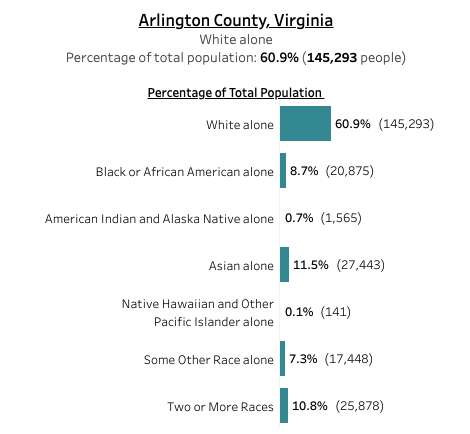
The Hispanic or Latino population also made some gains — an increase of 5,980 people, or 0.6 percentage points.
